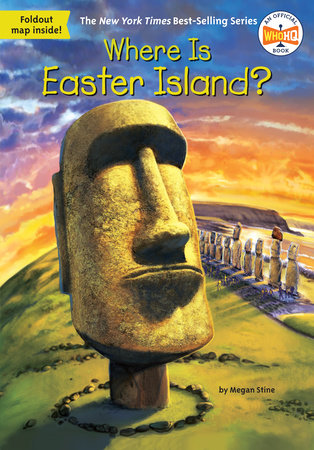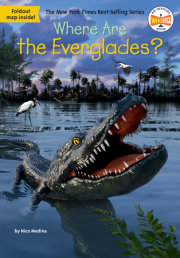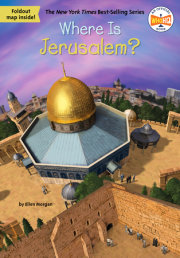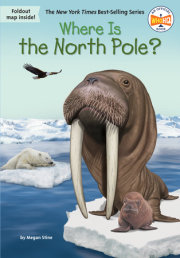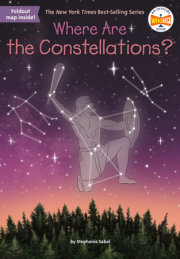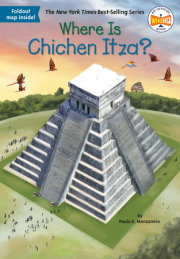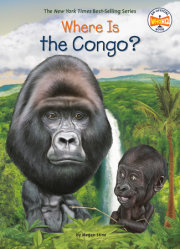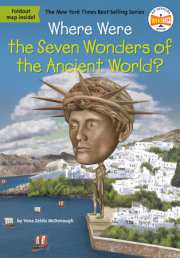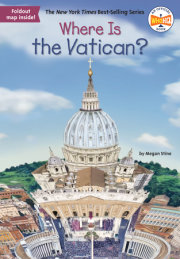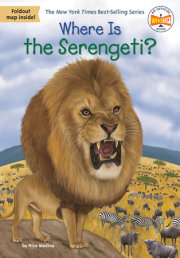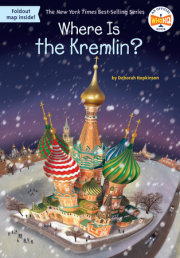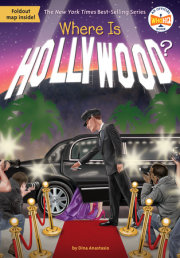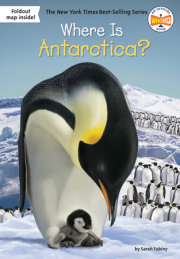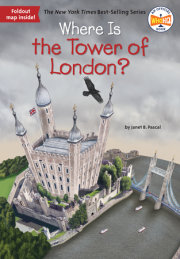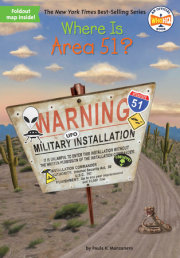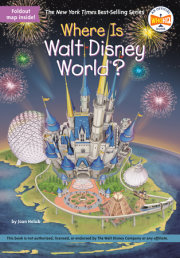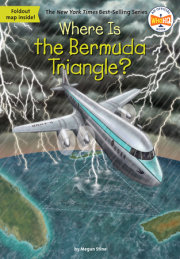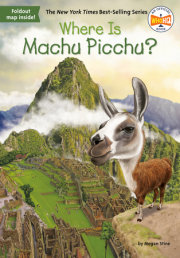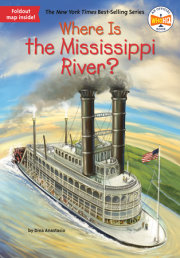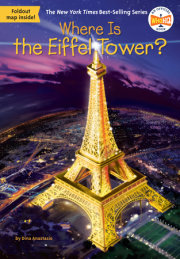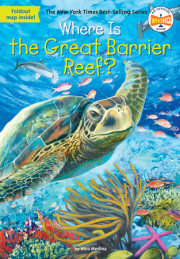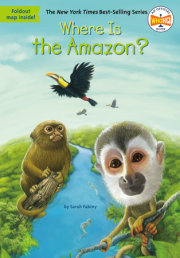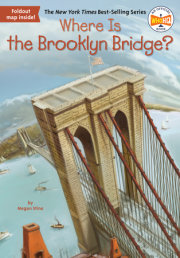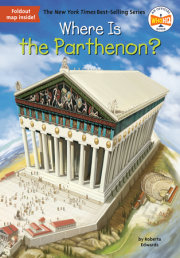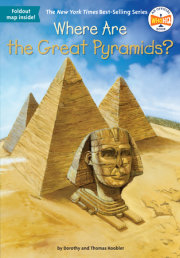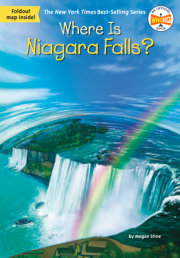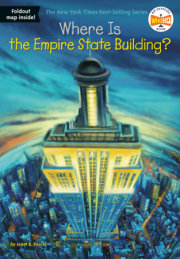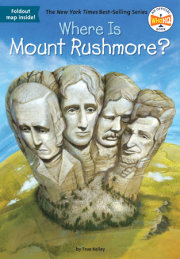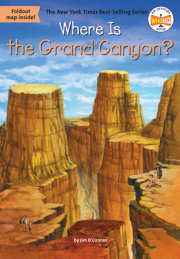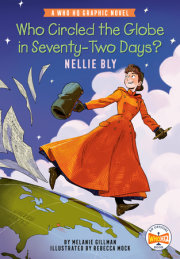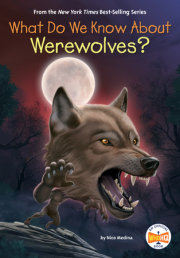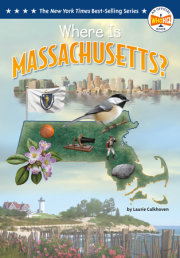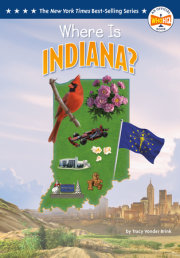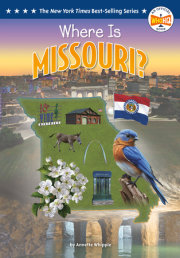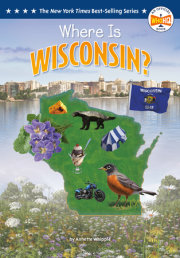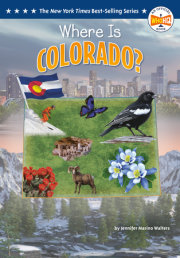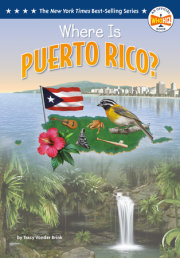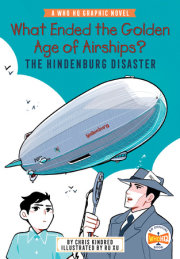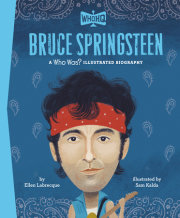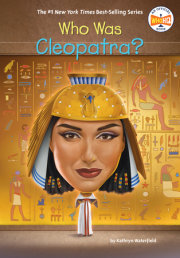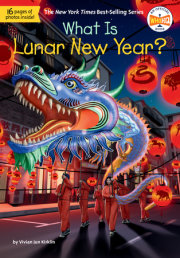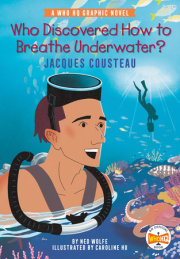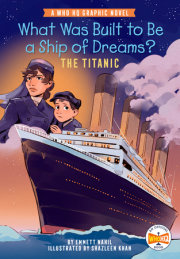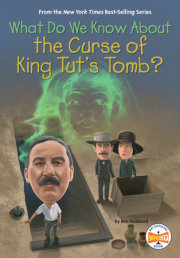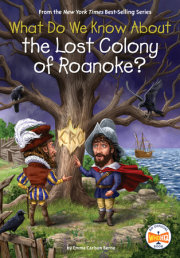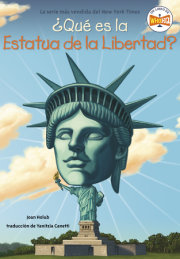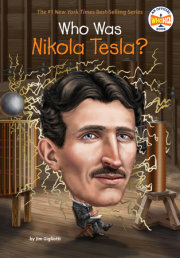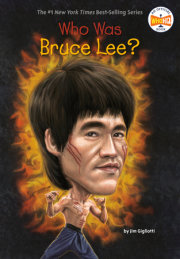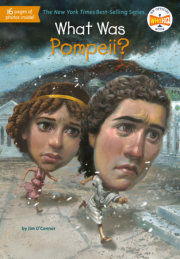Where Is Easter Island? It was Easter Sunday in April 1722. Jacob Roggeveen had been sailing for more than eight months. He was the commander of three Dutch ships. They were searching the South Pacific for parts of the world that had never been seen or explored. Roggeveen hoped to find a huge, legendary continent that many believed existed. It was called Terra Australis. Other explorers had searched parts of the South Pacific, but no one had found it yet, or mapped the area correctly.
That Easter Sunday, Roggeveen and his crew were a thousand miles from anywhere. Suddenly, they spotted land. What could it be? There was smoke rising in the distance, which meant people lived there. But what kind of people?
Some of the natives in the Pacific islands were peaceful and friendly. But others were not. Jacob Roggeveen had heard stories about cannibals! No one knew how his crew would be greeted by the islanders. Roggeveen decided it was better to wait until morning before he and his men went ashore. He named the island Paasch Eyland—the Dutch words for Easter Island—since that’s the day he had arrived.
The next morning, the weather was rainy—not the best time to put small boats into the water. And besides, his men were nervous. Maybe they should wait another day.
But natives on the island had seen the Dutch ships offshore and were eager to find out who these strange visitors were. So one of the island people got into a canoe. He paddled out to Roggeveen’s ship and climbed aboard. He was totally naked! He was also friendly and warmhearted. He danced and sang with the sailors. They played a violin for him and gave him small gifts, including a mirror and a pair of scissors. The man seemed so happy, he didn’t want to leave. They had to force him into his canoe to make him go back to the island. He motioned for them to follow.
It was several more days before the Dutch would finally set foot on the island. When they did, they found something amazing—something no one had ever seen or imagined.
Lining the beach were giant stone statues, as tall as three-story buildings. Some were twenty or thirty feet tall. Others were just huge heads, buried in the sand up to their necks.
How did the statues get there? Who carved them? The islanders had no modern tools. They had no carts with wheels. They lived in simple grass-covered huts. How could they possibly have carved these huge blocks of stone? How could they have moved such heavy pieces of stone at all?
Roggeveen saw only a few of the statues. He didn’t know there were more than nine hundred of them! They were scattered all over the island.
How they really got there, and why, is just part of the story—and the mystery—of Easter Island.
Chapter 1: Stranded on a Remote Island Easter Island is in the middle of nowhere. If you look at a map of the world, the island is so tiny, it’s barely even a dot. Lost in the middle of the South Pacific Ocean, it’s more than two thousand miles west of South America. The nearest islands are the Pitcairn Islands—more than a thousand miles away. Easter Island is so far away from anywhere else, it’s hard to imagine how the earliest people ever found it.
So how did human beings discover the most remote island on earth?
No one is certain, but it is believed that about four thousand years ago, the people who lived in Taiwan began to spread out. They were searching for new places to live. Over many hundreds of years, they sailed from place to place throughout Southeast Asia. They took food and supplies with them and planted crops when they arrived. They formed new colonies on many of the islands in the South Pacific. Those islands are now called Polynesian islands. Hawaii, Tahiti, and New Zealand were also colonized this way.
But Easter Island was so far away, it was one of the last islands to be inhabited. Between 1,200 and 800 years ago, the first Polynesian people reached it and decided to live there. They probably came from Mangareva—an island more than a thousand miles away. Sailing in open double-hulled canoes, they braved the ocean waters. As many as twenty or thirty people crowded into each canoe. They brought with them chickens, bananas, sugar cane, and taro—a sweet root vegetable like a sweet potato.
The Polynesian people were excellent sailors. They knew how to use the stars to guide them and the ocean currents and winds to sail fast. Still, the trip to Easter Island took at least three weeks—maybe longer. When they finally found the island, they gave it a name, Te Pito o te Henua, which meant “the navel of the world” or “the end of the world.” Years later, they named the island Rapa Nui. Rapa Nui means “greater extremity” or “land’s end”—as in the end of the land—the farthest thing from anything else. The people who live on the island are called the Rapa Nui people, and the language they speak has the same name.
When the Polynesians arrived, they brought with them their customs and beliefs. They didn’t believe in gods. Instead, they thought that their ancestors—family members who had lived before them—had special divine powers. They believed that those ancestors could keep them safe, make food grow, and keep them healthy. They carved wooden statues of their ancestors and put them on stone altars. They didn’t worship them like gods, but they did perform special ceremonies to show their respect. Their living leaders were always the descendants—the sons—of these ancestors.
The island the first settlers discovered was covered in huge palm trees, at least ninety feet tall. It looked like a paradise. There was plenty of shade from the hot sun. The trees created a rain forest, too. Rain was important for drinking water, and to make the crops grow.
There was food for the first Polynesian settlers, too. They found millions of birds on the islands and hundreds of fish in the sea. Until the first crops grew, they ate fish, birds, dolphins, and birds’ eggs. Some of the birds were so tame, they would land on the islanders’ heads. For a while, the island must have been a lovely place to live.
But it wouldn’t be a paradise forever.
Within four hundred years, nearly all the trees on the island were gone. Without trees, the islanders had no firewood. They couldn’t build new canoes or grass huts. The sun beat down on the land, drying it out. Crops wouldn’t grow, because there wasn’t enough rain. The birds disappeared, too. It was hard to catch fish without canoes. Without new canoes, they couldn’t even leave!
The islanders were stranded.
What had turned this beautiful place into a parched, dry, miserable island? The answer was something the islanders may have brought with them when they sailed to Easter Island.
Rats!
Copyright © 2017 by Penguin Random House LLC. All rights reserved. No part of this excerpt may be reproduced or reprinted without permission in writing from the publisher.





